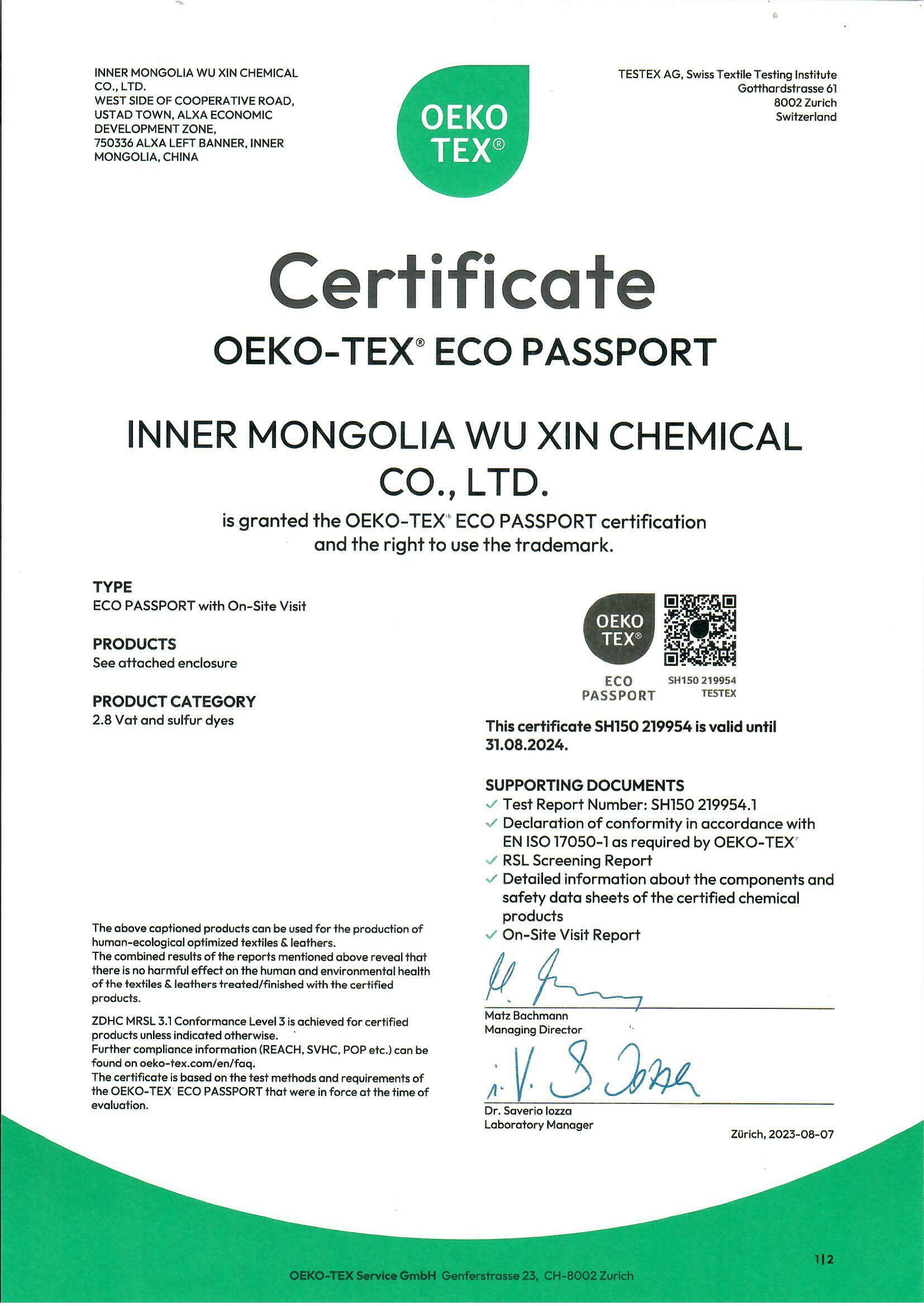Bulk Indigo Pigments for Wholesale Supply and Applications in Various Industries
The Wholesale Indigo Pigment A Dive into Its Significance and Applications
Indigo pigment, known for its deep blue color, has been a staple in various industries for centuries. With its rich history and versatile applications, the wholesale indigo pigment market has garnered significant attention from manufacturers, artists, and eco-conscious consumers alike. This article delves into the origins, production methods, applications, and market trends associated with wholesale indigo pigment.
Historical Background
The use of indigo dye can be traced back to ancient civilizations, where it was valued not only for its vibrant hue but also for its staining properties. Historically, indigo derived from plants, particularly the Indigofera species, was used by cultures in India, Egypt, and the Americas to dye textiles. Its striking blue color became a symbol of wealth and status, often reserved for royalty and the elite. The discovery of synthetic indigo in the late 19th century revolutionized the pigment industry, making it more accessible and affordable while further expanding its usage.
Production of Indigo Pigment
Today, indigo can be produced both through traditional plant extraction and synthetic methods. The traditional method involves fermenting the indigo plant in water to produce a blue dye. While this method is labor-intensive and less common in modern production, it is celebrated for its organic qualities and sustainability. On the other hand, synthetic indigo, created through chemical processes, has become the dominant form due to its consistency, cost-effectiveness, and efficiency in large-scale applications.
The production of synthetic indigo typically involves chemical reactions that derive from aniline and benzenesulfonic acid. This process results in a more stable pigment that is preferred in industrial applications, such as textile dyeing. The synthetic route has also enabled manufacturers to produce indigo pigment in various hues and shades, catering to the diverse needs of the market.
Applications of Indigo Pigment
wholesale indigo pigment

The versatility of wholesale indigo pigment extends across various industries, making it an invaluable resource. Primarily, it is used in the textile industry, where it remains the go-to dye for denim and cotton fabrics. The popularity of indigo-dyed materials, especially in fashion, has led to a resurgence of interest in both organic and synthetic indigo.
Beyond textiles, indigo pigment finds applications in painting, printing, plastics, and cosmetics. Artists and designers appreciate its depth and stability, which can enhance the aesthetic appeal of their works. Furthermore, indigo’s natural origin has led to its use in eco-friendly products, catering to a growing market of environmentally conscious consumers.
In the realm of health and beauty, indigo is also recognized for its potential benefits. Some cultures have used indigo for medicinal purposes, promoting skin health and as a natural colorant in various cosmetic products. The appeal of natural indigo in the beauty industry reflects a broader trend towards sustainable and health-conscious choices.
Market Trends and Sustainability
As the awareness of sustainable practices grows, so does the demand for eco-friendly pigments. The wholesale indigo pigment market is witnessing a shift toward natural indigo, driven by brands that advocate for organic materials and environmentally friendly processes. Consumers are increasingly seeking products that are not only visually appealing but also sustainable.
Moreover, the global textile industry is gradually moving away from synthetic dyes that can be harmful to both health and the environment. This shift has created opportunities for suppliers of natural indigo, allowing them to position themselves in a niche market that prioritizes sustainability.
In conclusion, the wholesale indigo pigment market reflects a rich tapestry of history, tradition, and innovation. As industries evolve and consumer preferences shift toward sustainability, the relevance of indigo, both natural and synthetic, will continue to thrive. With its diverse applications and cultural significance, indigo pigment remains a sought-after resource, poised to adapt to the changing landscape of global markets. Whether in fashion, art, or sustainable practices, indigo's legacy is sure to endure.
-
The Timeless Art of Denim Indigo Dye
NewsJul.01,2025
-
The Rise of Sulfur Dyed Denim
NewsJul.01,2025
-
The Rich Revival of the Best Indigo Dye
NewsJul.01,2025
-
The Enduring Strength of Sulphur Black
NewsJul.01,2025
-
The Ancient Art of Chinese Indigo Dye
NewsJul.01,2025
-
Industry Power of Indigo
NewsJul.01,2025
-
Black Sulfur is Leading the Next Wave
NewsJul.01,2025

Sulphur Black
1.Name: sulphur black; Sulfur Black; Sulphur Black 1;
2.Structure formula:
3.Molecule formula: C6H4N2O5
4.CAS No.: 1326-82-5
5.HS code: 32041911
6.Product specification:Appearance:black phosphorus flakes; black liquid

Bromo Indigo; Vat Bromo-Indigo; C.I.Vat Blue 5
1.Name: Bromo indigo; Vat bromo-indigo; C.I.Vat blue 5;
2.Structure formula:
3.Molecule formula: C16H6Br4N2O2
4.CAS No.: 2475-31-2
5.HS code: 3204151000 6.Major usage and instruction: Be mainly used to dye cotton fabrics.

Indigo Blue Vat Blue
1.Name: indigo blue,vat blue 1,
2.Structure formula:
3.Molecule formula: C16H10N2O2
4.. CAS No.: 482-89-3
5.Molecule weight: 262.62
6.HS code: 3204151000
7.Major usage and instruction: Be mainly used to dye cotton fabrics.

